This article briefs you about what are engineering projects, why doing engineering projects are so important, different kinds of engineering project domains, some of the top engineering projects for final year students done by Takeoff Projects along with the best engineering projects.
What are Engineering Projects?
The scale of an engineering project can range widely, from the design, production, distribution, and recycling of a paper clip to the planning, development, administration, and eventual decommissioning of a public transit system.
Engineering tasks don't include testing hypotheses; instead, they need creative problem solution. A specific engineering aim that can be fit into the following model statement should be included in every engineering design, software programme, or device project.
How to do Engineering Projects?
To develop interesting engineering projects, you may just need to employ the fundamental engineering design process. The language used and the number of phases may vary, but this method is typical of those used by professional engineers. These are considered to be the "important phases." The first thing you should do is to establish a project notebook where you can keep track of all the steps in your process and the outcomes of your design work. The design process is Iterative in design which means that the processes are frequently repeated until the designer is satisfied that the solution will satisfy the client's needs.
These are the phases in the fundamental engineering design process.
Define a requirement and articulate it as a goal.
Establish design criteria and restrictions.
The best design should be built into a prototype
Build a prototype of the best design, assess it against key design criteria, then test it to determine how well it fits the demand.
Consider alternative designs and develop a test strategy.
Communicate the design, make design changes based on test results, and retest;
Create a compliance checklist and your abstracts.
Top Domains for Final Year Engineering Projects
The top domains for doing the final year engineering projects are listed below:
Machine Learning
Artificial Intelligence
Cloud Computing
Android
Internet of Things (IoT)
Python
Robotics
Data Science and Analytics
Electrical
Electronics
Embedded Systems
Also read : BCA Final Year Project Ideas
Top Engineering Projects for Final Year Students
This section gives the top engineering projects for final year students based on the brief descriptions and explanations about the few interesting engineering projects done by the Takeoff Projects.
Towards Real-Time Eye Blink Detection in the Wild: Dataset, Theory and Practices
Deception detection, driving fatigue monitoring, and face anti-spoofing are just a few of the many uses for precise and immediate eyeblink detection. Though previous attempts have been made, the majority of current work are focused on resolving the eyeblink detection problem in constrained indoor settings with somewhat homogeneous subject and environment setup. In contrast, it is getting harder and harder to find eyeblinks in the wild in terms of practical applications.
Click here for the detailed information of the project.
Modelling e-waste Management Data in Smart Cities
Since garbage cans are manually operated under the existing system, routine garbage can inspections involve human labour. The proposed method entirely automates the process, though. This system makes use of permanent ultrasonic sensors positioned over the trash cans. When the bins are full with trash, the distance between the trash and the sensors will be reduced. Each time, the level will be checked and the distance will be calculated. This real-time information is sent to the controller. The controller will process the data before sending it to the cloud server through GPRS. The user can view the information on this website and base plans on it, such as which bins need cleaning and what will be done to achieve that.
Click here for the detailed information of project.
IOT Based Wireless Sensor Network for Air Pollution Monitoring
The dust sensors and MQ2 sensors used in this system can detect particulate matter and identify smoke or other dangerous gases in the environment, respectively. It also has a DHT11 sensor, which measures the humidity and temperature of the surrounding air. The Raspberry Pi has the ability to collect and process sensor data, which is then shown on the LCD screen and via an IOT so that anyone, anywhere may watch or monitor the parameters.
Click here for the detailed information of the project.
Identification of currency with artificial intelligence techniques
In order to categorise or ascertain whether something is genuine or not, the SVM (support vector machine) technique is used in the study article. MATLAB is used as a toolkit for image processing. Image processing is a method for enhancing an image's visual information for computer or hardware perception. A CNN network is also used to classify the denomination of the note, and its trained network has an average accuracy of about 90% with minimal error.
Click here for the detailed information of the project.
Application Research of Clustering Algorithm Based on K-Means in Data Mining
The study looks at attributes and evaluates how well clustering works in data mining. Additionally, it uses data mining's broad importance and methodologies. We also talked about the fundamental concepts and procedures for developing a k-tools-based clustering algorithm. Finally, utilising a clustering method based on K-paths and a data mining platform based on the SPSS model, the findings present information on teacher satisfaction.
Traffic Incident Detection Method Based on Factor Analysis and Weighted Random Forest
The development of a traffic event detection method based on factor analysis and weighted random forests (FA-WRF). The component analysis (FA) method is used to minimise the initial incident variables' dimension. Area under the receiver operating characteristic curve, false alarm rate, categorization rate, and detection rate are typical measures used to evaluate detection performance (AUC). The incident data, which makes up 6.5% of the freeway's position detector data, reveals a customary imbalance.
A Coordinated Control Of Hybrid Ac/dc Microgrids With Pv-wind-battery Under Variable Generation And Load Conditions
This study recommends the coordinated control approach for a micro-grid with hybrid energy sources and ac/dc loads. In order to deliver high quality voltages and guarantee smooth power transfer between the dc and ac subgrids, the model predictive power and voltage control (MPPVC) approach is created for the ac/dc interlinking converter. The presentation of a distributed converters local-level coordinated control technique follows.
Click here for the detailed information of the project.
Modeling Of An Intelligent Battery Controller For Standalone Solar-wind Hybrid Distributed Generation System
In this project, a stand-alone hybrid solar and wind energy system is used. The reliability of the power system is decreased when only one renewable energy source is employed to provide electricity since renewable energy sources are intermittent. The storage system needed to be extraordinarily large in order to handle the problem, which increased system costs overall and considerably reduced flexibility.
Click here for the detailed information of the project.
DC Bus Voltage Control of Wind Power Inverter Based on First-Order LADRC
The improved linear active disturbance rejection controller controls the voltage outer loop (LADRC). First, the mathematical model of the wind power grid-connected inverter is explored. Based on this study, a reduced-order linear extended state observer-based linear active disturbance rejection control is developed. This decreases the phase lag of the observer and improves the precision of the system's disturbance observation.
Click here for the detailed information of the project.
Active and Reactive Power Control for Dual Excited Synchronous Generator in Wind Applications
The project employs a dual excited synchronous generator (DESG), a cutting-edge alternative generating technology that is suitable for wind energy conversion systems. A completely new control approach was presented for the DESG wind turbine system. With the help of this controller design, the DESG may operate as a constant-speed constant-frequency (CSCF) generation system with the benefit of variable reactive power, or as a constant-speed constant-frequency (VSCF) generation system with the benefits of easy control and fewer copper losses.
Click here for the detailed information of the project.
An Improved Energy Efficient Clustering Protocol to Prolong the Lifetime of the WSN-Based IOT
In order to extend the lifespan of WSN-based IoT devices, the research suggested an improved energy-efficient clustering protocol (IEECP). The proposed IEECP is divided into three sections. For the overlapping balanced clusters, the ideal number of clusters is first established. Then, balanced-static clusters are built using a modified fuzzy C-means algorithm and a system to control and balance the energy consumption of the sensor nodes. Cluster heads (CHs) are picked at optimum locations by rotating the CH function among cluster members using a novel CH selection-rotation algorithm that incorporates a back-off time mechanism for CH selection and a rotation mechanism for CH rotation.
Click here for the detailed information of the project.
A Model-Driven Deep Dehazing Approach by Learning Deep Priors
Cloudy weather often causes photos to be white-masked and lose important details. The removal of haze is a key task and a prerequisite for many other optical tasks. Recent years have seen a lot of attention focused on the poorly posed inverse problem of single picture dehazing. The present single dehazing strategies may be described using the traditional prior-based approaches and the data-driven deep learning methods, which investigate haze-related image priors and deep architectures, respectively. Computer vision algorithms are used to remove the hazy areas from the photographs, and the recommended approach for single image dehazing produces encouraging results.
Click here for the detailed information of the project.
Also read : Project Ideas for BTech CSE
Top Engineering Projects for Final Year Students
The best engineering projects done by us for the final year students are listed below. You can refer to these final year engineering projects so that you can get some clarity in doing your final year engineering projects or mini engineering projects.
Towards Real-Time Eye blink Detection in the Wild: Dataset, Theory and Practices
IOT Based Wireless Sensor Network for Air Pollution Monitoring
Development of congestion level based dynamic traffic management system using IoT
Design and Analysis of IoT-Based Intelligent Robot for Real-Time Monitoring and Control
IoT Based on-the-fly Visual Defect Detection in Railway Tracks
Raspberry Pi Based Wearable Reader For Visually Impaired People with Haptic Feedback
Low power Smart Vehicle Tracking, Monitoring, Collision avoidance and Antitheft System
Facial and Voice Recognition Based security and Safety System in Car
Medical Remote Monitoring of Multiple Physiological Parameters Based on Wireless Embedded Internet
Oil Spills Detection on Sea Surface by using Sentinel–1 SAR Images
Real-time Wireless Embedded Electronics for Soldier Security
A wearable system for respiratory and pace monitoring in running activities: a feasibility study
Infusion Liquid Level Detection Tool Using IR Sensors and Photodiode Based on Microcontroller
A Comparative Study of LoRa and IEEE 802.15.4-based IoT Deployments inside School Buildings
IoT-Enabled Shipping Container with Environmental Monitoring and Location Tracking
Hardware Root Of Trust for IoT Security In Smart Home Systems
Unlocking Home Automation System by Face Detection Using ESP32 camera
Ultrawide Band Radar System For Through Wall Human Vital Signs Detection
Real Time Smart Attendance Monitoring System With Image Processing And Thermal Scanning
A Robust Security Framework for Cloud-Based Logistics Services
Design and Implementation of IoT System for Aeroponic Chamber Temperature Monitoring
Intrusion Detection System Using Regulated Patrolling Robots for Apartments
Highly Compact Device Modelling and Notification System for Outdoor Patient Monitoring System
Smart Parking Solutions for On-Street and Off-Street Parking
Enhanced Control and Power Management For A Renewable Energy-Based Water Pumping System
Multi Functional PV Inverter with Low Voltage Ride Through and Constant Power Output
A Novel VFVDC Optimized Full Bridge Inverter Control Strategy for Independent Solar Power Systems
A New Single-Source Nine-Level Quadruple Boost Inverter (NQBI) for PV Application
Multiphase Interleaved Converter Based on Cascaded Non-Inverting Buck-Boost Converter
A Unified Active Damping for Grid and Converter Current Feedback in Active Front End Converters
A Generalized High Gain Multilevel Inverter for Small Scale Solar Photovoltaic Applications
Modeling and Control of Single-Stage Quadratic-Boost Split Source Inverters
Soft Switching Multiphase Interleaved Boost Converter with High Voltage Gain for EV Applications
A New Multi-Output DC-DC Converter for Electric Vehicle Application
Control and Management of Railway System Connected to Microgrid Stations
Low Power 4-Bit Arithmetic Logic Unit using Full-swing GDI Technique
Power-Efficient Approximate SAD Architecture with LOA Imprecise Adders
Performance Analysis of Wallace Tree Multiplier with Kogge Stone Adder using 15-4 Compressor
A Low-Power Yet High-Speed Configurable Adder for Approximate Computing
Image and Video Processing Applications using Xilinx System Generator
Design and Simulation of CRC Encoder and Decoder using VerilogHDL
Efficient FIR Filter Design using Booth Multiplier for VLSI Applications
Efficient Implementations of 4-Bit Burst Error Correction for Memories
Machine Learning Based Power Efficient Approximate 4:2 Compressors for Imprecise Multipliers
Area and Power Efficient VLSI Architecture of Distributed Arithmetic Based LMS Adaptive Filter
Design of High Speed Carry Select Adder using Brent Kung Adder
Low Power 1-Bit Full Adder using Full-Swing Gate Diffusion Input Technique
Energy-Efficient Approximate Multiplier Design using Bit Significance-Driven Logic Compression
A Cost-Efficient QCA XOR-XNOR Topology for Nanotechnology Applications
Improved High Speed or Low Complexity Memristor-based Content Addressable Memory (MCAM) Cell
Binary Coded Decimal Seven Segment Circuit Designing using Quantum dot Cellular Automata
Area Efficient Multilayer Arithmetic Logic Unit Implementation in Quantum-dot Cellular Automata
Fixed-Posit: A Floating-Point Representation for Error-Resilient Applications
A Low-Power and High-Accuracy Approximate Multiplier With Reconfigurable Truncation
Accounting for Memristor I-V Non-linearity in Low Power Memristive Amplifiers
A Low Power 15T SRAM Cell Design Based on FinFET, CNTFET and GNRFET under 20nm Processing Technology
Implementation of FPGA signed multiplier using different adders
Electricity Price Forecasting for Cloud Computing Using an Enhanced Machine Learning Model
Analysis for Disease Gene Association Using Machine Learning
A Novel Ensemble Learning Paradigm for Medical Diagnosis With Imbalanced Data
Construction of Machine-Labeled Data for Improving Named Entity Recognition by Transfer Learning
Image Reconstruction: From Sparsity to Data-Adaptive Methods and Machine Learning
A Comparative Approach to Predictive Analytics with Machine Learning for Fraud Detection of Realtime Financial Data
CLEMENT: Machine Learning Methods for Malware Recognition Based on Semantic Behaviours
An Experimental Study for Software Quality Prediction with Machine Learning Methods
Hazard Identification and Detection using Machine Learning Approach
Predicting Flight Delays with Error Calculation using Machine Learned Classifiers
Advanced Prediction of Performance of A Student in An University using Machine Learning Techniques
Novel XGBoost Tuned Machine Learning Model for Software Bug Prediction
COVID-19 Future Forecasting Using Supervised Machine Learning Models
Towards Real-Time Eye blink Detection in the Wild: Dataset, Theory and Practices
Constrained Voting Extreme Learning Machine and its Application
A Study of Machine Learning Techniques on Clustering, Classification and Regression
Detection of Distributed Denial of Service Attacks in SDN using Machine learning techniques
Efficient Prediction of Cardiovascular Disease Using Machine Learning Algorithms With Relief and LASSO Feature Selection Techniques
An Enhanced Ensemble Diagnosis of Cervical Cancer A Pursuit of Machine Intelligence Towards Sustainable Health
Conclusion
This blog article gives you some basic meaning of engineering projects. Then the reason behind their significance is also stressed in “Why to do engineering projects”. Then it gives brief explanations about some of the top engineering projects for final year students. Then the best engineering projects done by Takeoff Projects are provided at the end.
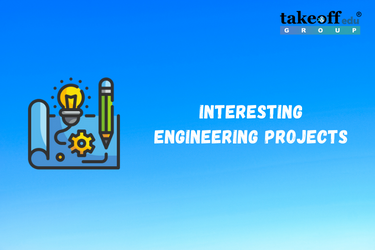
 Workshop on Embedded Systems: Building Real-World Applications
Workshop on Embedded Systems: Building Real-World Applications  Top Internship Training & Certificate
Top Internship Training & Certificate  Internship Benefits Beyond the Resume: How It Shapes Your Career
Internship Benefits Beyond the Resume: How It Shapes Your Career  Turing Internship into Job Offers: Strategies for Success
Turing Internship into Job Offers: Strategies for Success  Day in the Life: A Glimpse into the Realities of Internship Experience
Day in the Life: A Glimpse into the Realities of Internship Experience  Internship Insights: What Recruiters Look for in Candidates
Internship Insights: What Recruiters Look for in Candidates  Why Internships Matter: Building Bridges to Your Future Career
Why Internships Matter: Building Bridges to Your Future Career  Smart Mirror Based on Raspberry Pi
Smart Mirror Based on Raspberry Pi  Best Major & Mini Project Ideas for Engineering College Students
Best Major & Mini Project Ideas for Engineering College Students  Top B.Tech/M.Tech Engineering Projects Consultants & Services
Top B.Tech/M.Tech Engineering Projects Consultants & Services 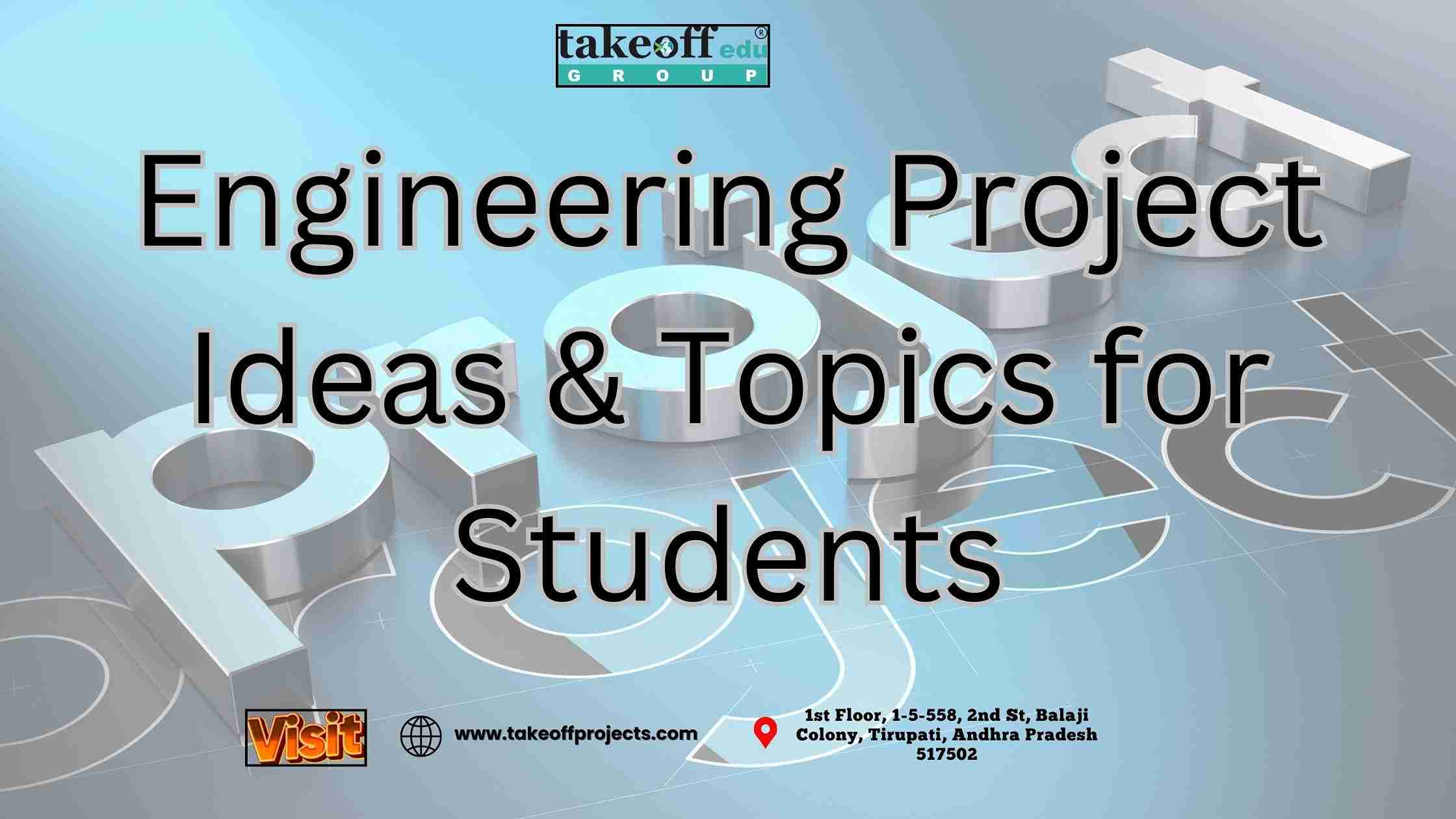 Engineering Project Ideas & Topics for Students
Engineering Project Ideas & Topics for Students  Engineering Procurement Construction (EPC) Project Services: Step By Step Guide
Engineering Procurement Construction (EPC) Project Services: Step By Step Guide 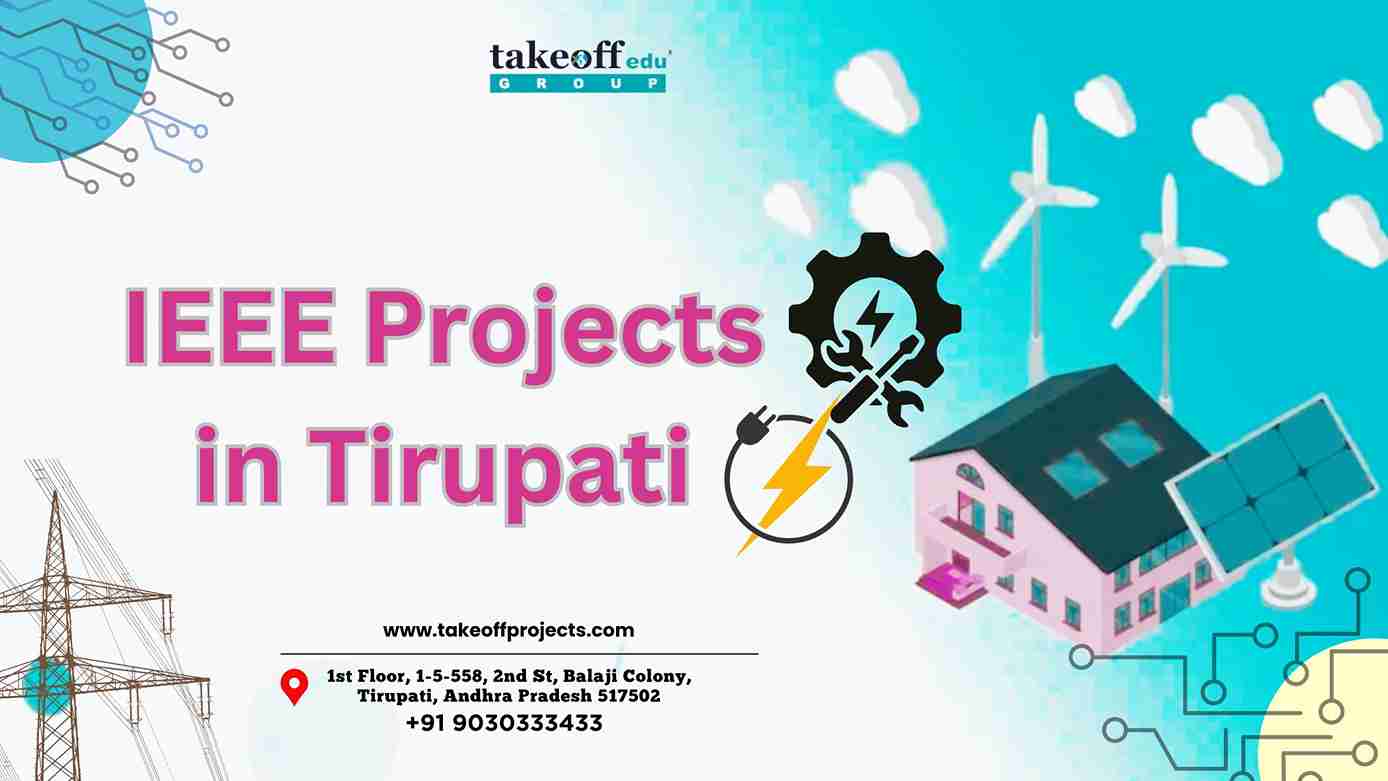 IEEE Projects in Tirupati
IEEE Projects in Tirupati 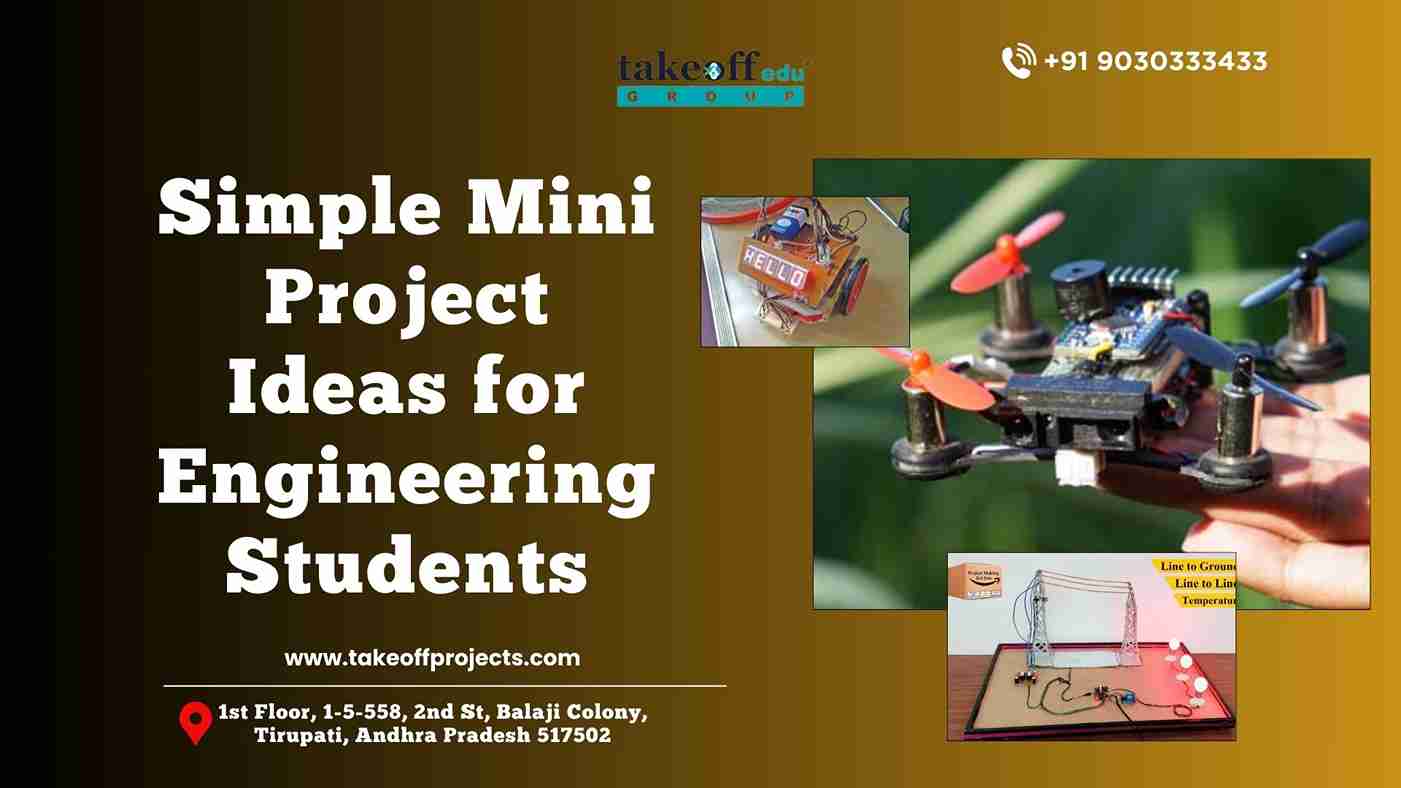 Simple Mini Project Ideas for Engineering Students
Simple Mini Project Ideas for Engineering Students 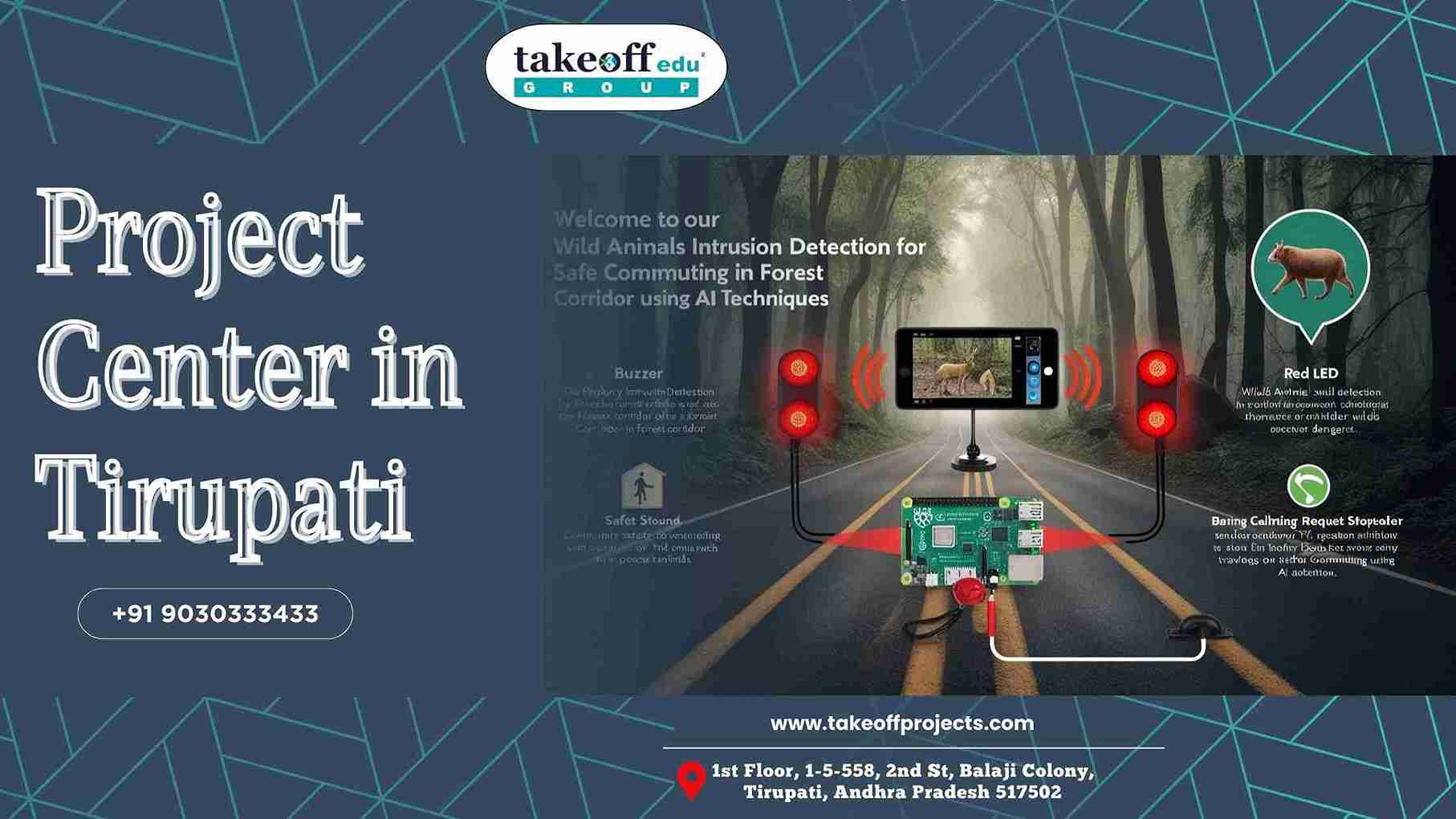 Project Center in Tirupati
Project Center in Tirupati 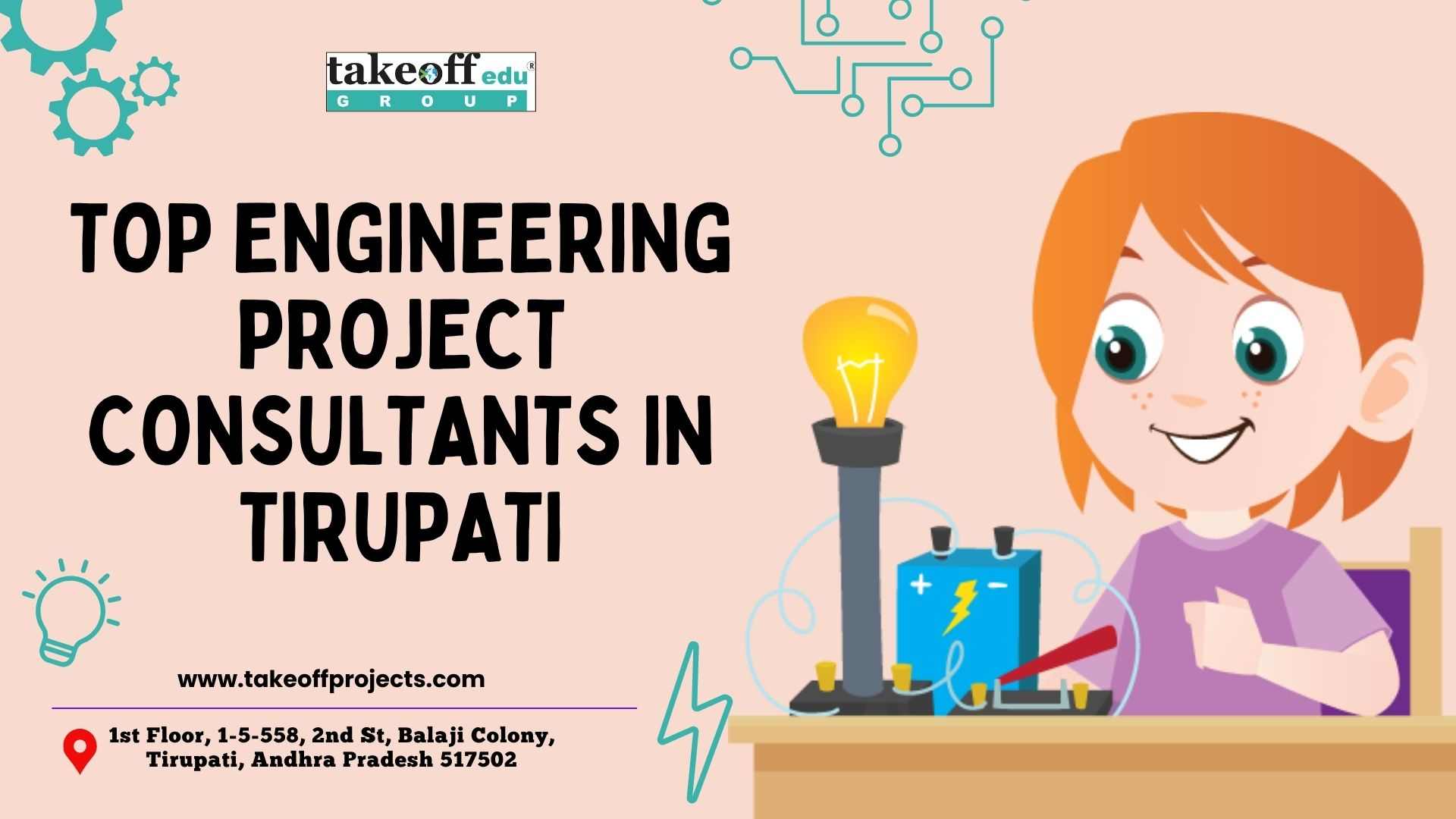 Top Engineering Project Consultants in Tirupati
Top Engineering Project Consultants in Tirupati  Innovative Software Engineering Projects: Shaping the Future of Technology
Innovative Software Engineering Projects: Shaping the Future of Technology  Major Current and Upcoming Projects
Major Current and Upcoming Projects  Best Project Management Consultant in Tirupati
Best Project Management Consultant in Tirupati  Top 10 Best Project Consultants in Andhra Pradesh
Top 10 Best Project Consultants in Andhra Pradesh  Best Project Consultancy in Tirupati
Best Project Consultancy in Tirupati  Advanced Technology Project Ideas in Chittoor
Advanced Technology Project Ideas in Chittoor  Top Final Year Project Provider in Tirupati
Top Final Year Project Provider in Tirupati  Mini and Major Projects in Chittoor
Mini and Major Projects in Chittoor  Final Year Projects in Tirupati: Unlocking Your Academic Potential
Final Year Projects in Tirupati: Unlocking Your Academic Potential  Affordable Academic Projects in India: A Gateway to Success
Affordable Academic Projects in India: A Gateway to Success 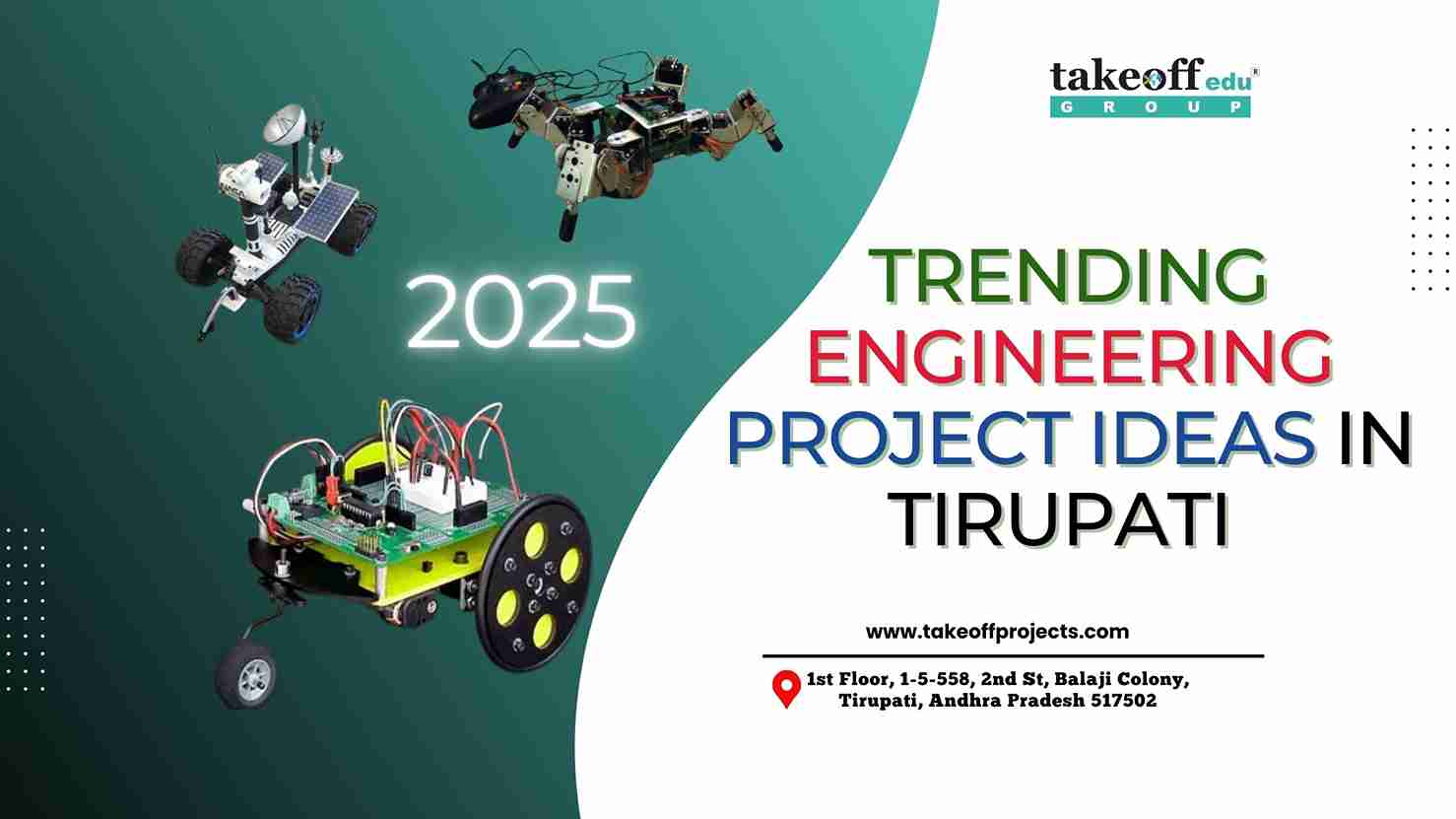 Trending Engineering Project Ideas in Tirupati 2025
Trending Engineering Project Ideas in Tirupati 2025  Technical Project ideas for engineering students
Technical Project ideas for engineering students  How Do I Choose A Project Topic Titles For Final Year Engineering Students?
How Do I Choose A Project Topic Titles For Final Year Engineering Students?  Find Best College Project Centers in Andhra Pradesh
Find Best College Project Centers in Andhra Pradesh 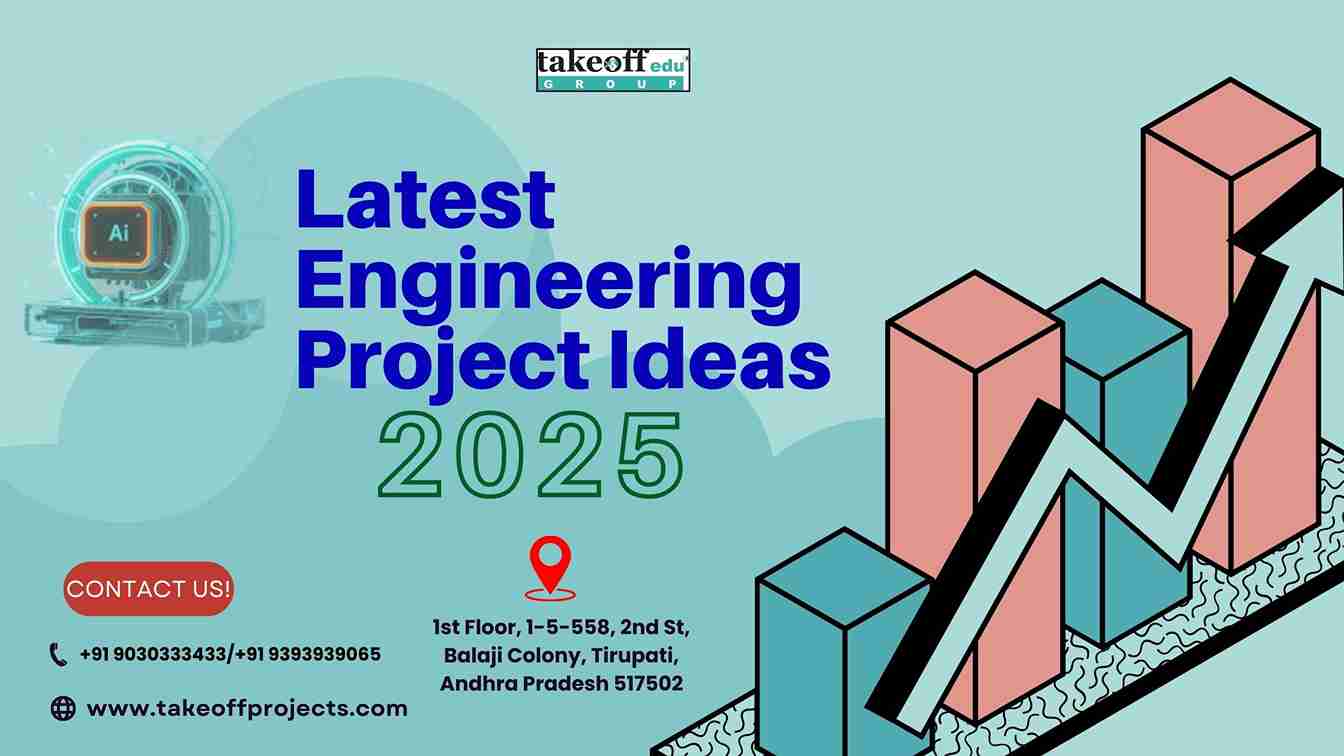 Latest Engineering Project Ideas for 2025
Latest Engineering Project Ideas for 2025 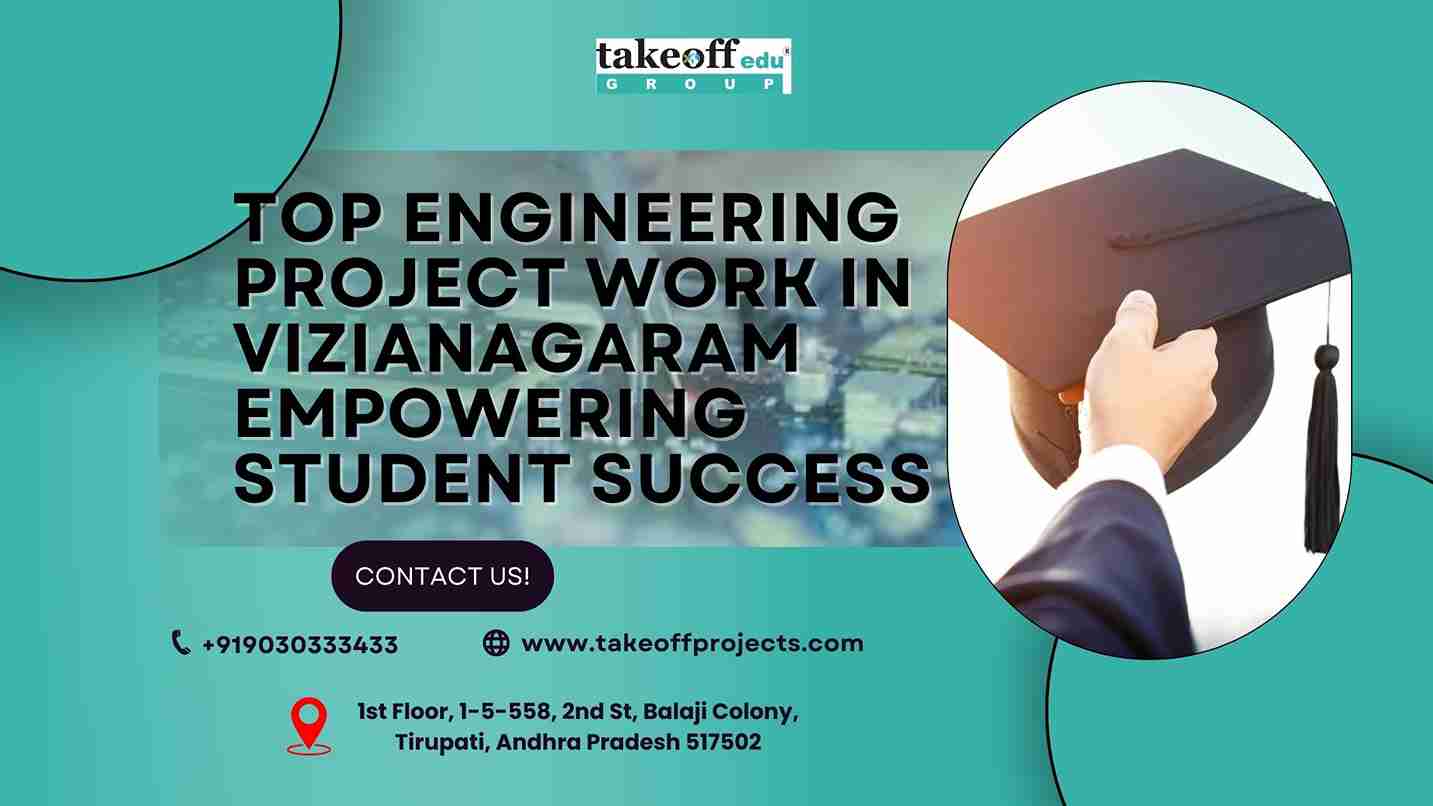 Top Engineering Project Work in Vizianagaram: Empowering Student Success
Top Engineering Project Work in Vizianagaram: Empowering Student Success 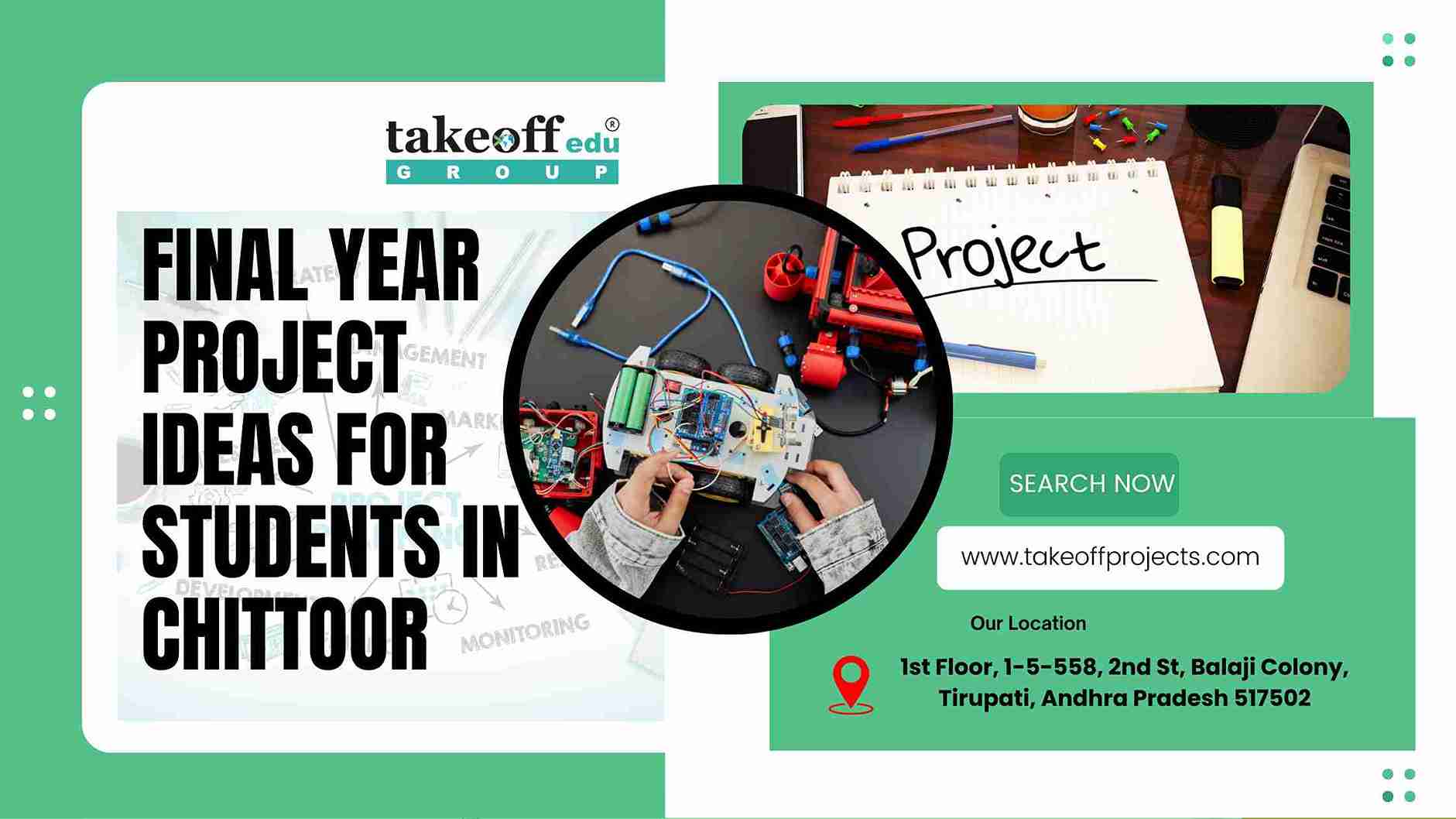 Final Year Project Ideas for Students in Chittoor
Final Year Project Ideas for Students in Chittoor  Project Ideas for College Students in Telangana
Project Ideas for College Students in Telangana  Top 10 Mini Project Ideas for College Students
Top 10 Mini Project Ideas for College Students 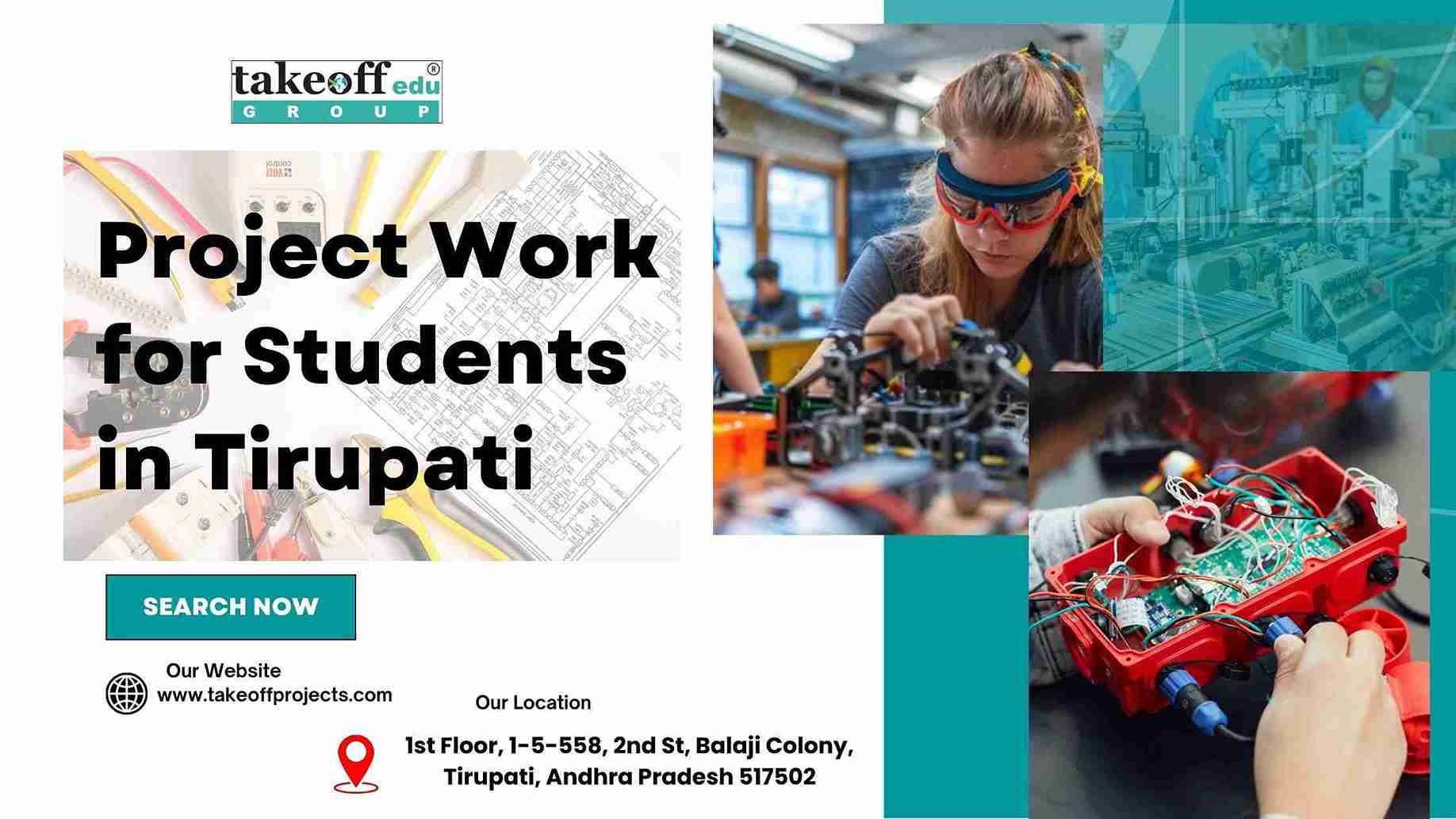 Project Work for Students in Tirupati
Project Work for Students in Tirupati  Best Engineering Projects in Andhra Pradesh: A Comprehensive Guide
Best Engineering Projects in Andhra Pradesh: A Comprehensive Guide  Using Cloud-Based Tools for Collaborative Research Projects
Using Cloud-Based Tools for Collaborative Research Projects  Advantages of Undergraduate Research Opportunities
Advantages of Undergraduate Research Opportunities  How to Prepare for Academic Research Conferences
How to Prepare for Academic Research Conferences  Understanding the Different Types of Academic Research
Understanding the Different Types of Academic Research 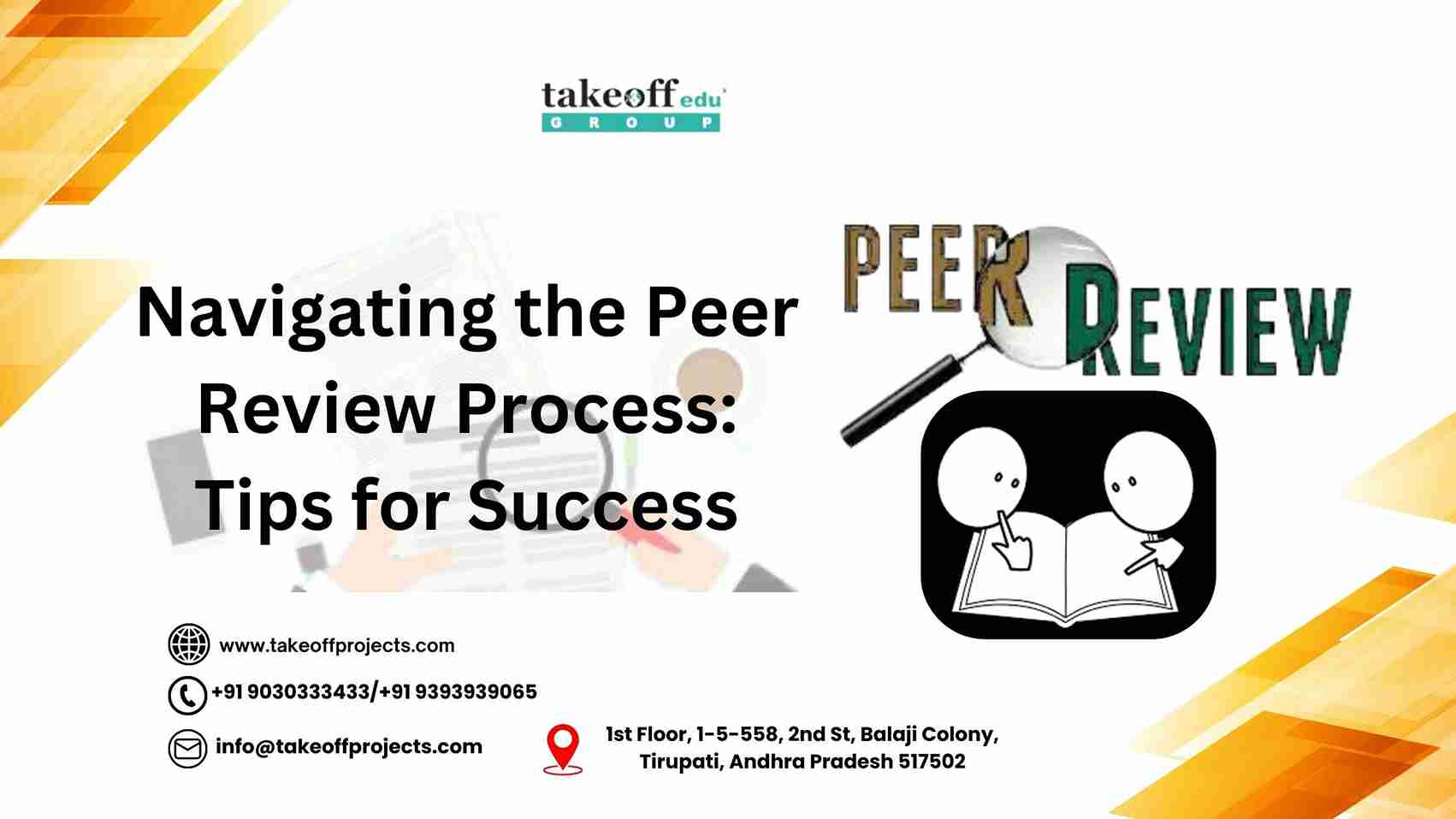 Navigating the Peer Review Process: Tips for Success
Navigating the Peer Review Process: Tips for Success  How to Write the Abstract for a Research Paper
How to Write the Abstract for a Research Paper  The Impact of Academic Research on Policy Making
The Impact of Academic Research on Policy Making 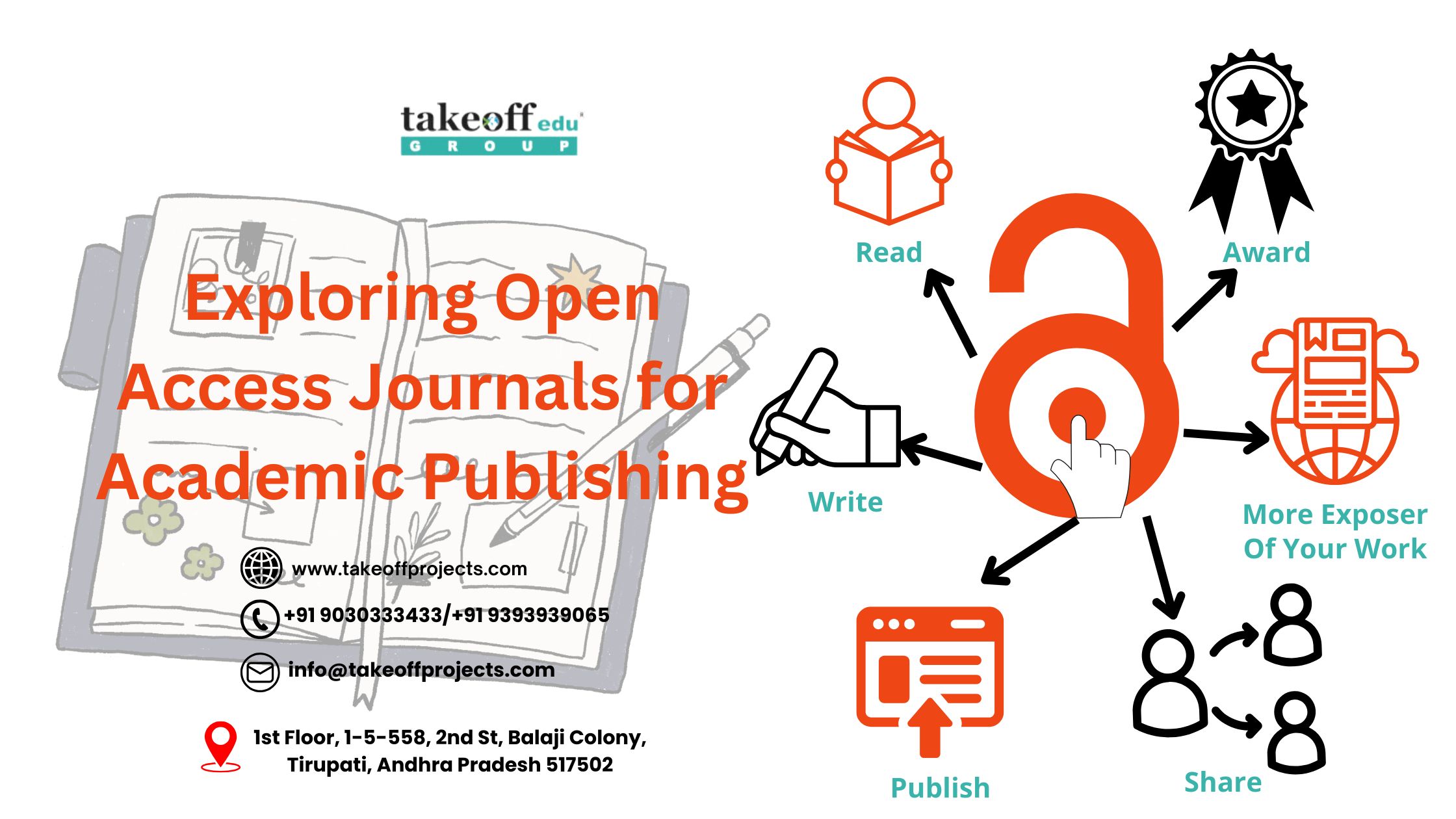 Exploring Open Access Journals for Academic Publishing
Exploring Open Access Journals for Academic Publishing  The Role of Academic Journals in Disseminating Research
The Role of Academic Journals in Disseminating Research  How to Balance Coursework and Research Projects: A Guide to Academic Success
How to Balance Coursework and Research Projects: A Guide to Academic Success  The Importance of Research Ethics Committees
The Importance of Research Ethics Committees  Innovative Teaching Methods to Support Academic Research Projects
Innovative Teaching Methods to Support Academic Research Projects  Creating Impactful Visual Aids for Research Presentations
Creating Impactful Visual Aids for Research Presentations  The Benefits of Peer Review in Academic Research
The Benefits of Peer Review in Academic Research  Surveys and Questionnaires are Effective in Academic Research
Surveys and Questionnaires are Effective in Academic Research  Importance of Documentation Record-Keeping in Academic Research
Importance of Documentation Record-Keeping in Academic Research  Overcoming Challenges in Academic Research Projects
Overcoming Challenges in Academic Research Projects  Leveraging Online Resources for Academic Research
Leveraging Online Resources for Academic Research  Successful Academic Projects in Computer Science: Case Studies
Successful Academic Projects in Computer Science: Case Studies  Building a Research Network: The Importance of Conferences and Workshops
Building a Research Network: The Importance of Conferences and Workshops  How Technology Affects Academic Research?
How Technology Affects Academic Research?  Getting Funding for Your Research Project: Tips and Resources
Getting Funding for Your Research Project: Tips and Resources  Time Management Strategies for Academic Researchers
Time Management Strategies for Academic Researchers  Ethical Considerations in Academic Research
Ethical Considerations in Academic Research  How to Write and Publishing Your Academic Paper?
How to Write and Publishing Your Academic Paper?  Presenting Your Research: Guidelines To Consider When Making An Academic Presentation
Presenting Your Research: Guidelines To Consider When Making An Academic Presentation  Analyzing Research Data: Effective Techniques in Engineering Projects
Analyzing Research Data: Effective Techniques in Engineering Projects  Best Practices for Conducting a Literature Review
Best Practices for Conducting a Literature Review  Writing a Winning Student Research Proposal: A Step-by-Step Guide
Writing a Winning Student Research Proposal: A Step-by-Step Guide  Project Management for Academic Research: Tools and Techniques
Project Management for Academic Research: Tools and Techniques  How to Choose the Perfect Academic Project Topic?
How to Choose the Perfect Academic Project Topic?  Presenting Final Year Project to Your Supervisor
Presenting Final Year Project to Your Supervisor  Trending Engineering Projects in 2024 Future-Ready
Trending Engineering Projects in 2024 Future-Ready 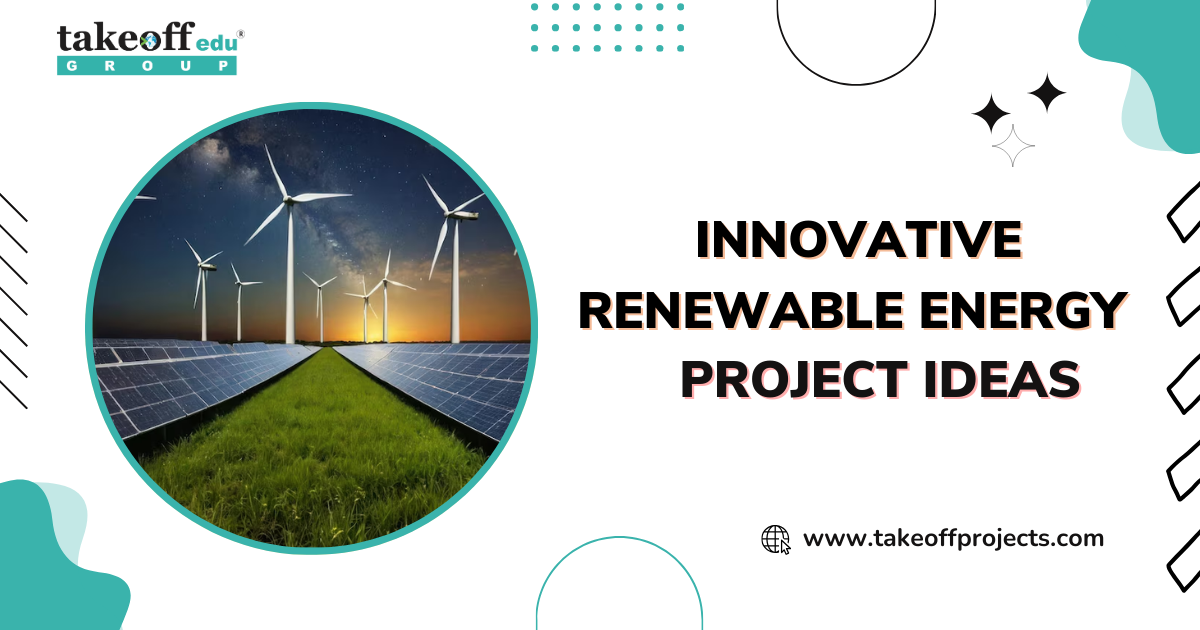 Innovative Renewable Energy Project Ideas
Innovative Renewable Energy Project Ideas  How Engineering Projects Ideas to contribute your academic year?
How Engineering Projects Ideas to contribute your academic year?  Latest Engineering Projects in 2024
Latest Engineering Projects in 2024 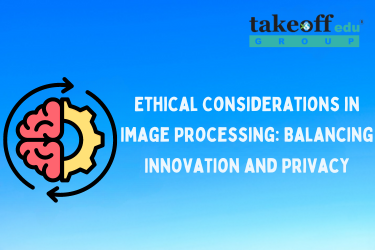 Ethical Considerations in Image Processing: Balancing Innovation and Privacy
Ethical Considerations in Image Processing: Balancing Innovation and Privacy  From Pixels to Insights A Journey into Image Enhancement Algorithms
From Pixels to Insights A Journey into Image Enhancement Algorithms 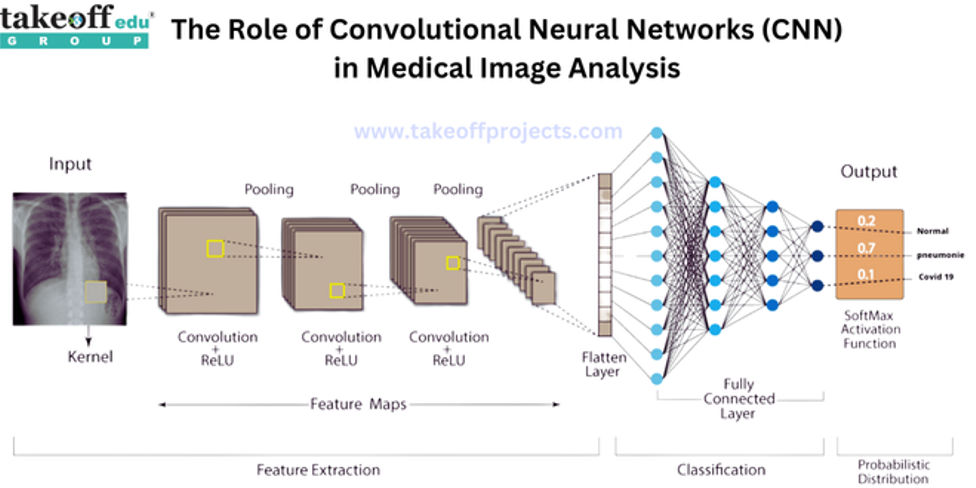 The Role of Convolutional Neural Networks in Medical Image Analysis
The Role of Convolutional Neural Networks in Medical Image Analysis 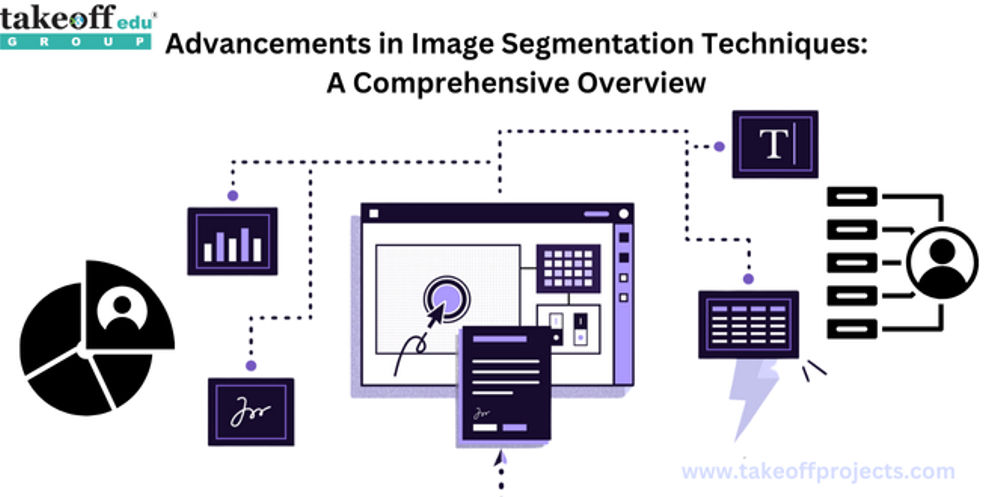 Advancements in Image Segmentation Techniques: A Comprehensive Overview
Advancements in Image Segmentation Techniques: A Comprehensive Overview 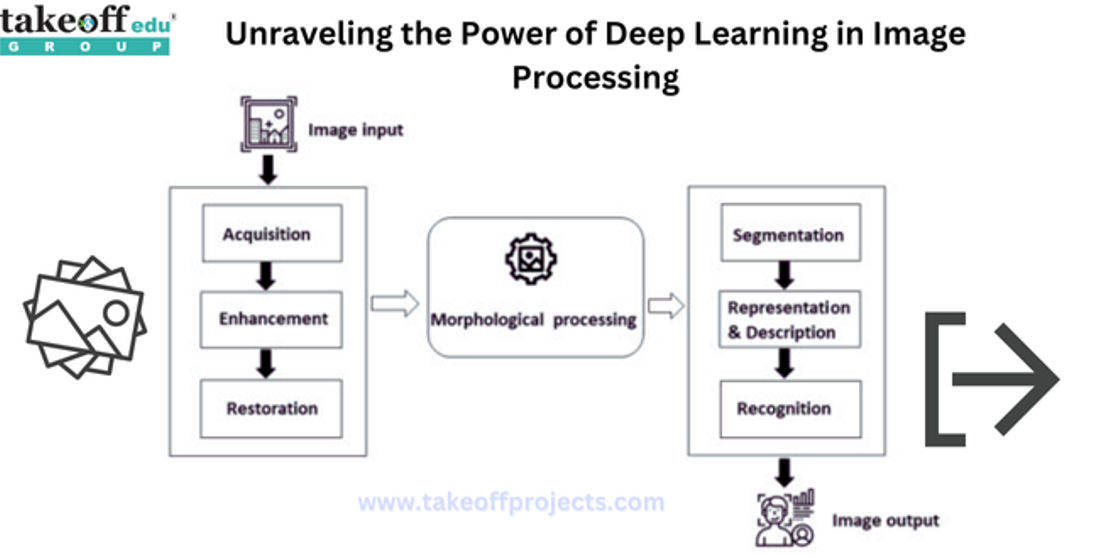 Unraveling the Power of Deep Learning in Image Processing
Unraveling the Power of Deep Learning in Image Processing  Importance of Final Year Projects for Students
Importance of Final Year Projects for Students  How to Present Your Final Year Project to Your Supervisor?
How to Present Your Final Year Project to Your Supervisor?  How to Choose the Right Final Year Project Topic?
How to Choose the Right Final Year Project Topic?  Common Mistakes to Avoid on Your Final Year Project
Common Mistakes to Avoid on Your Final Year Project  How to Write a Winning Engineering Project Report?
How to Write a Winning Engineering Project Report?  Low Cost Mini Projects Ideas for Civil Engineering
Low Cost Mini Projects Ideas for Civil Engineering  Low Cost Mini Project Ideas for Mechanical Engineering
Low Cost Mini Project Ideas for Mechanical Engineering  BSc IT Projects for Final Year
BSc IT Projects for Final Year  Instrumentation Projects for Final Year Students
Instrumentation Projects for Final Year Students  Biomedical Instrumentation Projects
Biomedical Instrumentation Projects 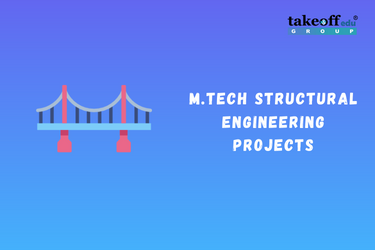 M.Tech Structural Engineering Projects
M.Tech Structural Engineering Projects 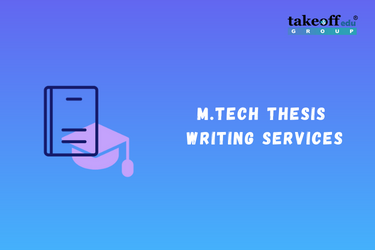 M.Tech Thesis Writing Services
M.Tech Thesis Writing Services 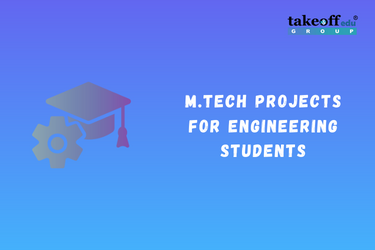 M.Tech Projects for Electrical, Electronics & Software Engineering
M.Tech Projects for Electrical, Electronics & Software Engineering 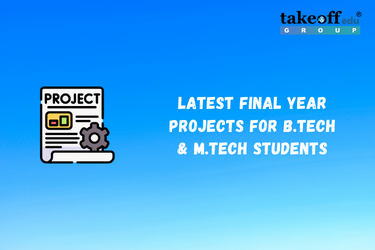 Latest Final Year Projects for B.Tech & M.Tech Students
Latest Final Year Projects for B.Tech & M.Tech Students 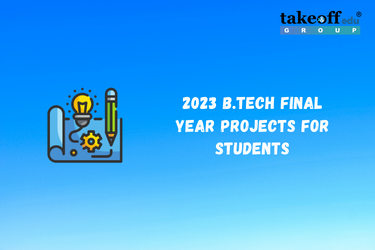 2023 B.Tech Final Year Projects for Students
2023 B.Tech Final Year Projects for Students 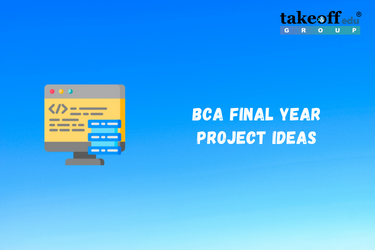 Latest BCA Final Year Project Ideas for 2023
Latest BCA Final Year Project Ideas for 2023 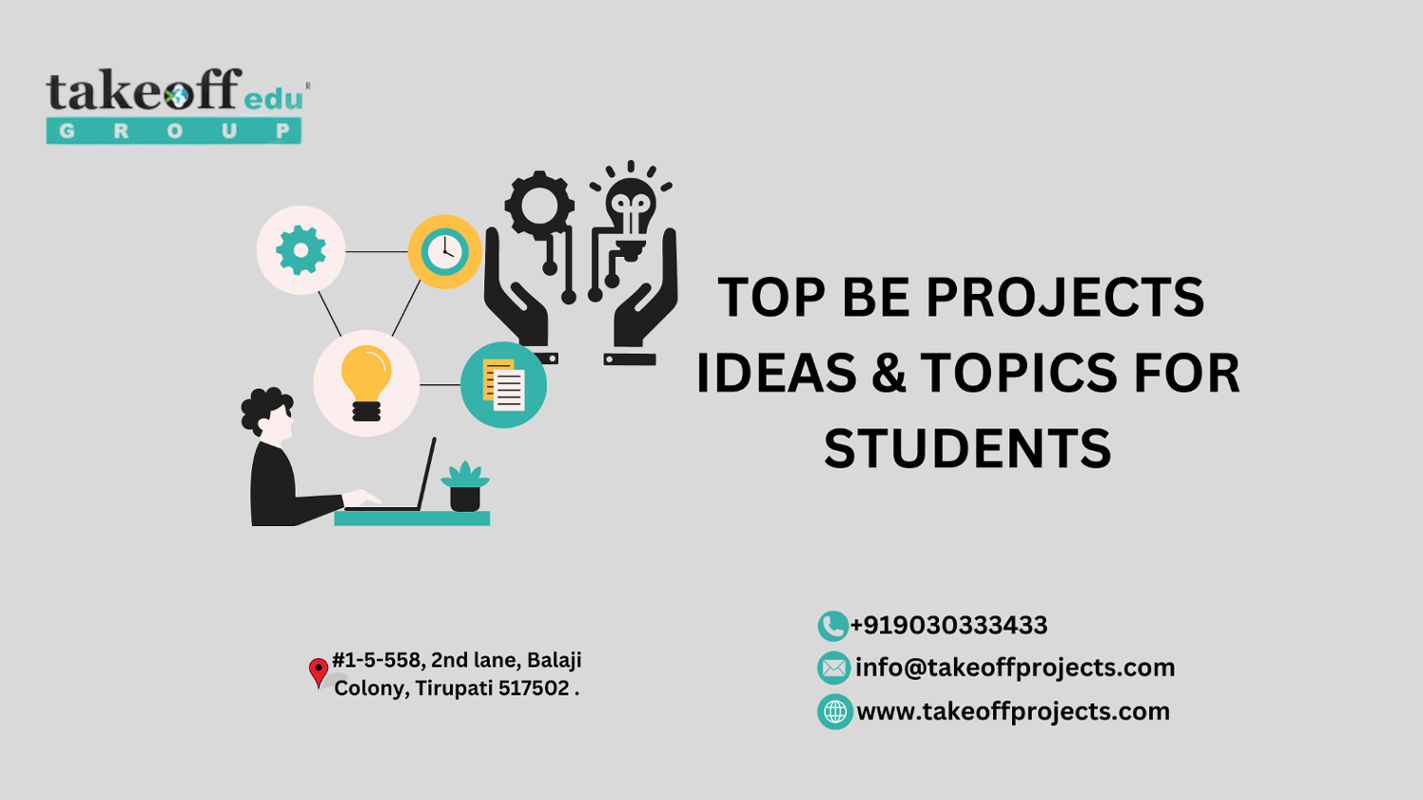 Top BE Projects Ideas & Topics for Students
Top BE Projects Ideas & Topics for Students 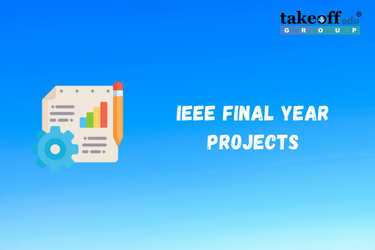 IEEE Final Year Projects
IEEE Final Year Projects 
 Paper Publishing
Paper Publishing


